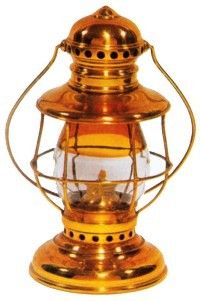Railroad Expansion Timeline
1860-1865:
The Civil War causes unprecedented traffic for northern railroads, destruction of most southern railroads, and new appreciation for railroads' capabilities.
Advertisement
1863:
Twelve enginemen form the Brotherhood of Locomotive Engineers, the first successful railroad labor organization.
1868:
Confederate veteran Eli Janney patents a design for an automatic knuckle coupler, the basis for today's standard couplers.
1869:
The Union Pacific Railroad meets the Central Pacific Railroad at Promontory Summit, Utah, forming a continuous railroad line from coast to coast.
1870:
Gen. William Jackson Palmer organizes the Denver & Rio Grande Railway.
1873:
George Westinghouse perfects the triple valve and the automatic air brake.
1883:
On November 18, "The Day of Two Noons," when railroads (and many cities) adopt Standard Railway Time -- the basis for our time zones today.
1885:
The Canadian Pacific Railway completes Canada's first transcontinental line.
1887:
The Interstate Commerce Act becomes effective, marking the first federal regulation of railroads.
A record total of 12,876 miles of track is laid in the United States; the amount would never be surpassed.
1893:
The Railway Safety Appliance Act is signed into law, improving worker safety over the next two decades.
New York Central locomotive 999 sets an unofficial speed record of 112.5 mph-supposedly the first time man exceeded 100 mph.
1894:
A strike at the Pullman Palace Car Company spreads nationwide.
1895:
General Electric installs the first mainline railroad electrification in America on the B&O in Baltimore.
